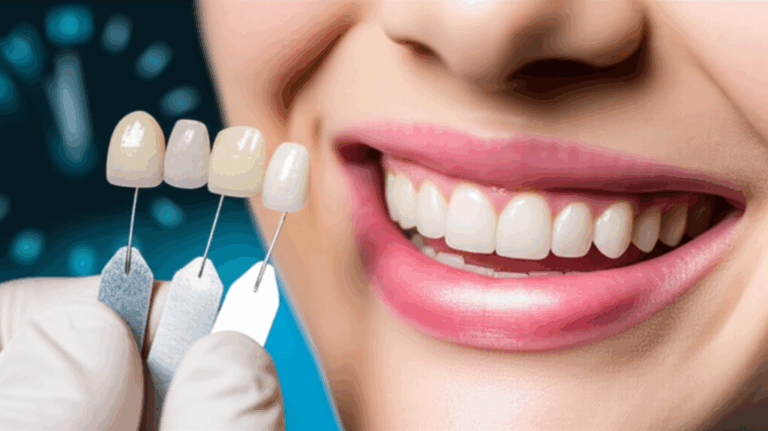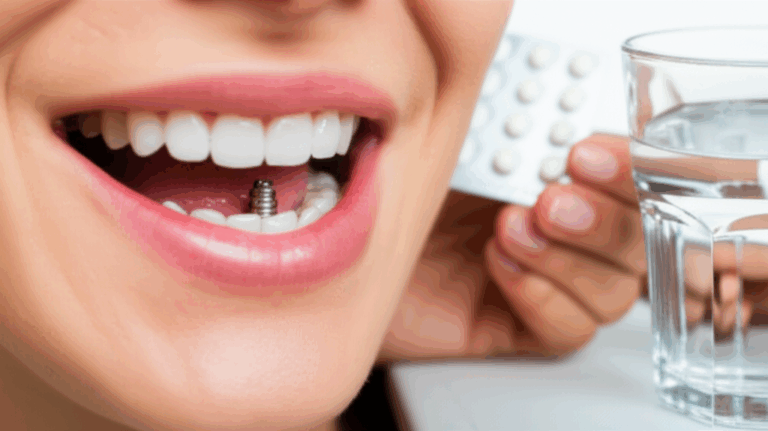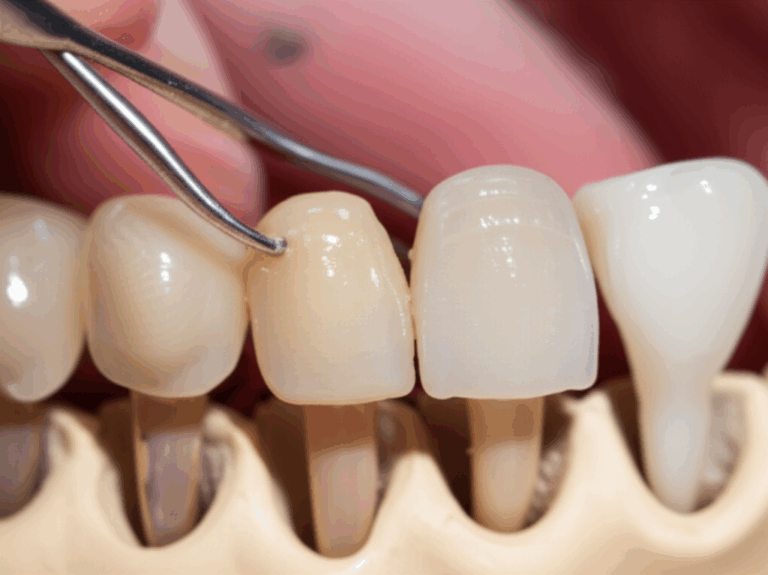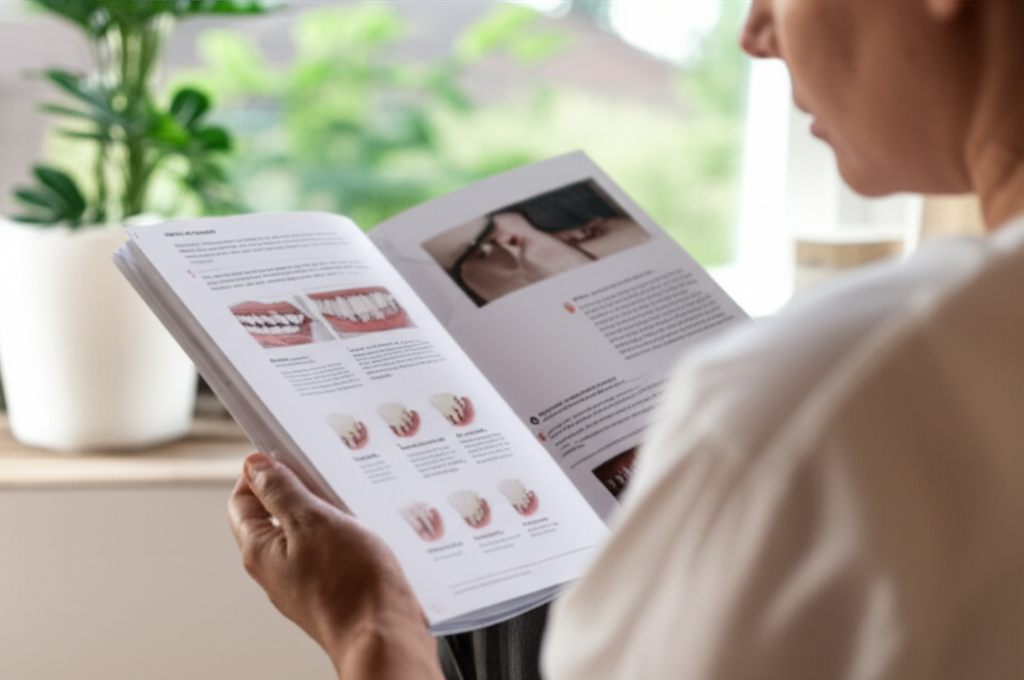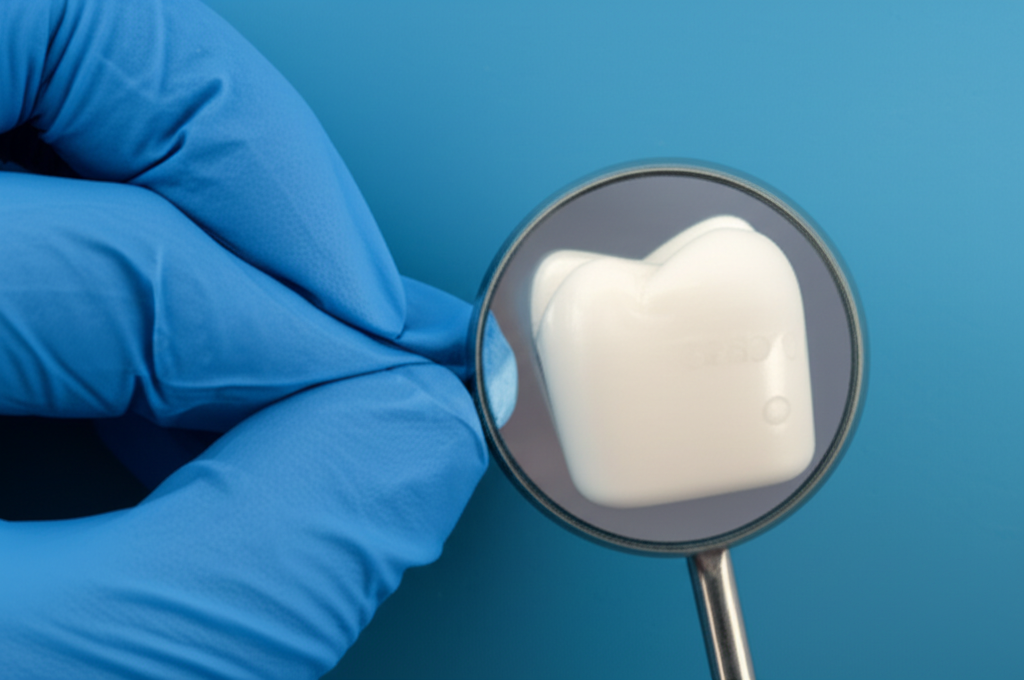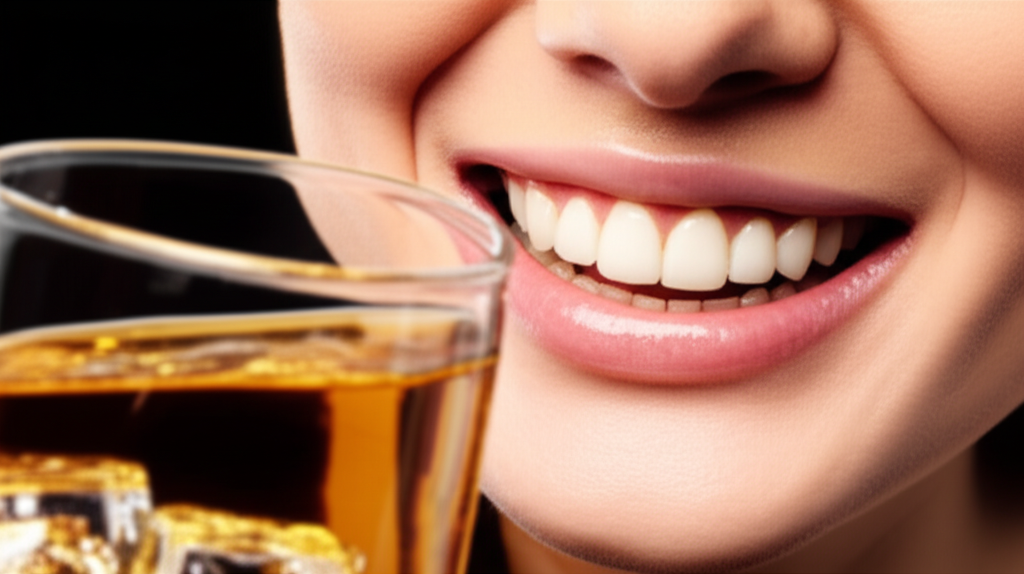
Can You Drink Alcohol After Getting Veneers? Your Easy Guide to Safe Sips & Aftercare
That moment you finally show your new veneers is a big one—shiny, even, and full of confidence, right? But as you start planning your next dinner, social event, or maybe a celebratory glass of wine, you might find yourself asking: Can you drink alcohol after getting veneers? Is it really that bad to have a toast, or do you need to be more careful than you thought? If that question’s on your mind, you’re not alone—and you’re smart to ask. Veneers are not cheap, and keeping them safe is key to getting results that last.
In this easy guide, we’ll tell you exactly what you need to know—from the very first hours after your veneer appointment, all the way to long-term habits that keep your new smile bright and healthy. Think of this as your real, simple roadmap to enjoying life (and drinks) while taking care of your teeth.
In This Article
- Why You Should Pause Alcohol Right After Getting Veneers
- How Alcohol Can Affect Your New Veneers, Short & Long Term
- When Is It Really Safe to Enjoy a Drink After Veneers?
- The Smart Sipping Survival Guide: Safe Ways to Enjoy Alcohol
- Other Drinks to Watch Out For
- The Ultimate Veneer Aftercare Checklist
- Key Points & Next Steps to Protect Your Investment
Why You Should Pause Alcohol Right After Getting Veneers
Let’s get straight to the point. Maybe you have an event soon or you want to celebrate your new smile. Still, there’s a reason every dentist says, Please, no alcohol for the first few days.
The Simple Answer: Why No Alcohol At First
- The first 24–72 hours after your veneer placement matter a lot. If you drink alcohol too soon, you might do more harm than you realize, even if everything looks okay.
- Your veneers—or the glue holding them—need time to set. Alcohol might seem safe, but it can mess with the glue, cause irritation, and slow down healing.
Let’s break that down.
Dental Bonding & Setting Time: “Let It Set”
Think of bonding veneer to a tooth like building a house. The base (here, dental glue) must be very strong before you finish it off. Modern glue is tough—often set with light right there in the dentist chair—but it’s not instantly as strong as it can be. It takes about 24–72 hours for the glue to get to its best.
Alcohol can really get in the way here. It can slow down setting, weaken the hold, or even sneak under the edge if your gums are still sore, causing problems later on.
Gum & Tissue Healing: Don’t Irritate Sore Gums
Your gums just went through a bit of stress. Even little changes for veneers make gums a bit red or sore. Now picture pouring a shot of whiskey on a cut—ouch. Alcohol is rough on soft tissue and dries out your gums. Drinking it right away can lead to:
- Slow healing
- More swelling or redness
- Extra pain or tenderness
Medication Warnings: Pain Killers, Antibiotics & Alcohol Don’t Mix
Were you given antibiotics or pain pills after your procedure? Mixing these with alcohol can cause unwanted problems—from weak medicine, stomach issues, drowsiness, or even more serious effects.
Temporary Veneers: Ultra-Sensitive
If you have temporary veneers before your final ones, you’re at even higher risk. Temporary veneers are more like a sponge. They soak up stains and acids, and can fall off easily. Alcohol is a big no here.
Basically: Skip alcohol for at least the first 72 hours after any veneer work. You’ll be glad you did.
How Alcohol Can Affect Your New Veneers, Short & Long Term
So what happens if you have a drink—after the wait, or much later? Veneers are strong, but alcohol can still cause issues if you’re not careful.
Here’s what you need to know, minus the dental-speak.
Staining & Discoloration: Is Your Drink Coloring Your Smile?
Here’s the scene: You’re drinking a glass of red wine. It’s got a strong color, packed with dyes and pigments. Dark beers, sangria, and many cocktails do too. What do these drinks all do best? Stick to surfaces. While porcelain veneers are a bit like a non-stick pan—pretty stain-safe—they’re not totally stain-proof. Drink a lot of these drinks, and stains build up, like coffee stains in your mug.
But if you have composite veneers (the tooth-colored plastic type), those soak up colors even faster—and they’re very tough to whiten.
Drinks That Stain or Harm Veneers:
- Red wine
- Dark beer
- Whiskey with cola or other dark mixers
- Coffee and tea (not just alcohol!)
- Colorful, syrupy cocktails
Acidity: The Sneaky Problem
Most alcoholic drinks are surprisingly sour or acidic. Wines, mixed drinks, ciders—all make your mouth more acidic. This can:
- Make your real tooth edges (the parts not covered by veneers) more open to cavities
- Make some veneer types—especially resin/composite—a bit weaker, leading to more stains and small surface wear
- Slowly hurt the edge where your veneer meets your real tooth
Extra fact: The sourness of a glass of wine is a lot like vinegar! Drink these often, and it can hurt your smile over time.
Gum Health & Dry Mouth: When Your Mouth Is Dry
Alcohol dries your mouth out. Why is this bad? Spit (saliva) is your body’s mouth cleaner—it washes away acids, coloring, and keeps teeth and gums safe from germs. When your mouth is dry:
- Germs grow fast
- Gums get sore
- Veneer edges can get cavities or gum disease
If your mouth is already dry, alcohol makes it worse. That means more chance for gum problems and soreness around your veneers.
Bond Lifespan: Could Alcohol Loosen Veneers Over Time?
Don’t worry too much—porcelain veneers glued on with modern glue are meant to last. But by drinking too many sour and sugary drinks over the years, the glue can slowly get weaker. It’s not overnight, but why risk it?
The point: Your smile costs a lot—too much alcohol, and especially certain drinks, can make veneers fade sooner.
When Is It Really Safe to Enjoy a Drink After Veneers?
So, when can you finally have a drink and not worry?
Dentist Advice: The Usual Timeline
- First 72 Hours: No alcohol at all.
- For both permanent and temporary veneers.
- Lets glue set and gums heal.
- After 3 Days & Up to 1 Week: Go slow and careful.
- Skip dark, sour, or sugary drinks.
- If you must, have clear spirits with water, and keep it small.
- After 1–2 Weeks: If your gums are healthy and veneers feel normal, you can add alcohol back carefully, but best to check with your dentist first.
- Porcelain is safer; composite is easier to harm.
- Long-Term: Drink in moderation—especially if you want those veneers to last 10–15 years or more.
Not Sure? Ask Your Dentist
Every person and case is different—your dentist knows best how your visit went. Don’t be shy to call and check when it’s okay for that first drink.
The Smart Sipping Survival Guide: Safe Ways to Enjoy Alcohol
You’re human. You want to enjoy social time. The good news? With a few easy steps, you can have a drink and keep your veneers safe.
1. Choose Wisely—Go Clear, Not Dark
- Pick clear, low-sugar, low-acid drinks. Vodka, gin, or tequila are less risky than rum, whiskey, or anything mixed with cola.
- Use water or plain soda water as mixers.
- Champagne and white wine are better than reds, but still sour—go easy!
2. Use a Straw
It might look a bit funny, but sipping alcohol through a straw helps keep it away from the front of your veneers.
3. Rinse with Water Right After
Your friend at any party? A glass of water. Swish with water after each drink to wash away acids, sugars, and colors. It’s not just about staying hydrated—this actually helps keep veneers safe.
4. Wait Before Brushing
After anything sour, wait 30–60 minutes before brushing. Acid softens everything, and brushing too soon can scratch or dull your veneers.
5. Practice Moderation
Drink less and less often—the fewer drinks, the better your smile. You don’t have to quit, just know what’s safe.
6. Keep Your Mouth Clean
- Brush twice a day with a soft brush.
- Floss every day.
- Use alcohol-free mouthwash (mouthwash with alcohol makes dryness worse and isn’t usually needed).
Need advice on the latest dental solutions? Many dental labs now use strong, stain-safe materials. Check out how a dedicated veneer lab gives top quality for custom veneers.
Other Drinks to Watch Out For
Alcohol isn’t the only thing that can stain or harm veneers. Watch out for some normal everyday drinks too!
Staining Beverages (Not Alcohol)
- Coffee & Tea: Big offenders. Both have some of the same stain-makers as red wine.
- Colas, Energy Drinks, Sports Drinks: Full of colors, sour stuff, and sugar.
- Juices (like grape, cranberry, pomegranate): Dark color can slowly stain veneers.
Watch the Temperature
For the first week or so, skip very hot or cold drinks. Your veneers might still be settling in, and super hot or cold drinks can make teeth feel sensitive.
So: That extra-hot vanilla latte isn’t your best choice just yet.
Smoking: A Quick Note
While it’s not a drink, smoking is one of the worst things you can do for staining—even the best porcelain veneers can stain. Plus, it hurts your gum health a lot.
The Ultimate Veneer Aftercare Checklist
Keeping your new smile safe isn’t rocket science—it’s about daily habits.
- Follow Your Dentist’s Instructions: No one knows your mouth better than your dentist.
- Brush Twice a Day (With a Soft Toothbrush): Go gentle.
- Floss Every Day: Keeps the edges clean and stops gum problems.
- Skip Hard/Sticky Foods At First: Ice cubes, hard candies or sticky snacks aren’t good for veneers.
- Wear a Nightguard if You Grind Your Teeth: Even top-class veneers can’t beat clenching or grinding.
- Go for Regular Check-Ups and Professional Cleanings: This is the best way to catch any issues early.
- Don’t Use Your Teeth as Tools: Don’t use your veneers to open bottles or bite packaging.
- Be Smart About Drinks: Choose drinks that are gentle on both veneers and regular teeth.
Not sure about a food, drink, or habit? Ask your dentist. Dentists often work with labs who are experts in dental ceramics. For even more custom care and top picks in veneer materials, learn how a trusted china dental lab can help behind the scenes.
Who Are Veneers For? (And Who Should Think Again?)
Since we’re talking about keeping veneers safe, it’s also good to think about whether they’re right for everyone.
Veneers Make Sense If…
- You want a fix for stains, chips, gaps, or a small bite issue.
- You have mostly healthy teeth and gums (no untreated gum disease).
- You’ll take care of your teeth and see your dentist often.
Veneers Might Not Be for You If…
- You grind your teeth a lot (and won’t wear a nightguard).
- You have untreated gum disease.
- Your bite or teeth lineup is really off—braces might be better first.
It’s best to be honest. If veneers aren’t your best choice, your dentist can help with other options better for you. Want other choices? Labs focused on crown and bridge teeth and digital dentistry offer full solutions for almost every dental problem.
Key Points & Next Steps to Protect Your Investment
Let’s break it down—what do you really need to remember about alcohol and veneers?
The Main Points:
- No alcohol for 72 hours after getting veneers. Have temps? Be even more careful.
- Dark, sour, and sugary drinks do the most harm—not just alcohol, but also coffee, tea, and colas.
- Porcelain veneers resist stains way better than composite ones—but neither is perfect.
- Simple habits make a huge difference: Rinse with water, use a straw, go easy, and wait after acid drinks before brushing.
- Great cleaning and regular check-ups keep your new smile looking its best.
Your Action Plan
- Just got veneers? Skip alcohol for three days at least, then ask your dentist before drinking.
- Love red wine or dark drinks? Switch up with straws, rinsing, and smaller amounts.
- Not sure your white smile is still bright? Book a cleaning or ask your dentist for tips.
- Curious about the latest, most stain-safe veneers? A special digital dental lab or well-rated veneer lab can really help.
Best of all: Veneers aren’t just a look fix—they’re an investment in your health and happiness. The choices you make now shape how your smile looks for years.
Have questions about veneers or teeth health? Don’t hesitate to reach out to your dentist, or check out more trusted resources for support. Your beautiful, strong, and healthy smile is within reach—cheers to that (safely, of course)!
Sources: American Dental Association (ADA), American Academy of Cosmetic Dentistry (AACD), dental journals on filling materials and oral health.

